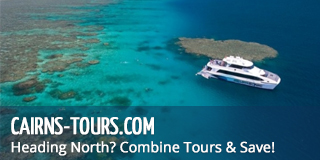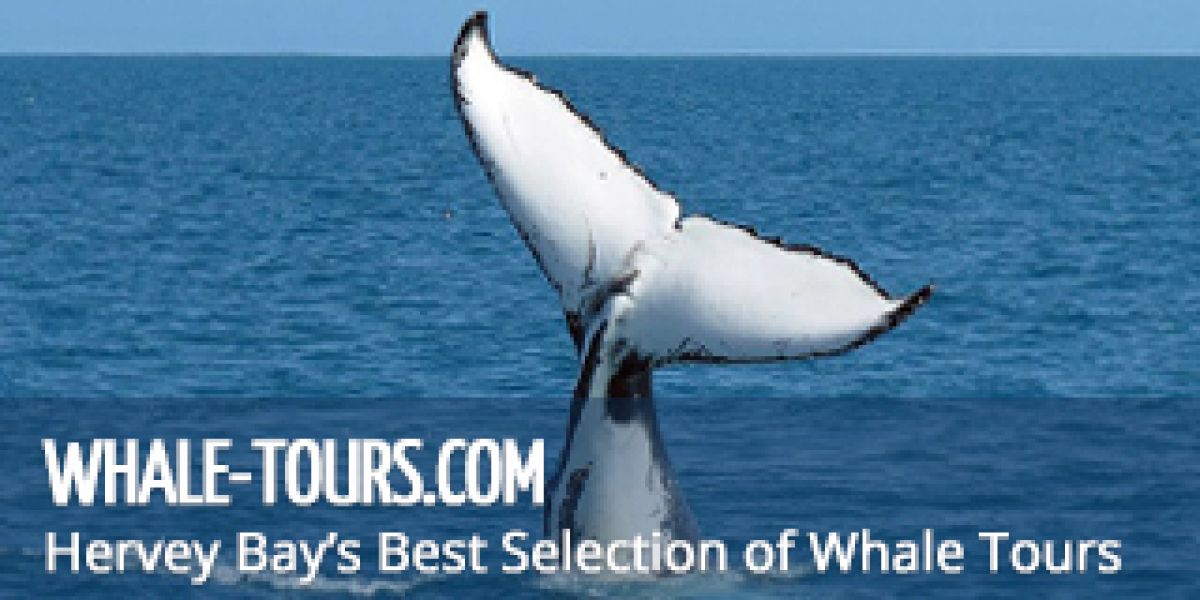David Attenborough on the Great Barrier Reef
David Attenborough, the well known filmmaker and naturalist, recently visited Australia’s Northeast coast to explore and document the Great Barrier Reef for his new part series focused on the reef’s history, its inhabitants and its future.
In the first part of the three part series, which aired on Sunday, 10th April, 2016, we see Attenborough visiting Northern Queensland to revisit reefs that he has first visited in his youth. This time around, he was accompanied by a high tech research vessel, Alucia, fully dressed up with a expert crew and submersible vessel, ideal for exploring the depths of the Great Barrier Reef in hopes of discovering its secrets and mysteries.
In the first episode we see the team, alongside Attenborough, focusing on coral, the builders and foundation of the reef. Certainly the most vital part to the reef’s survival, coral health and behavioural habits are a good predictor of the health of the reef itself with everything dependent on their survival.
Until as little as 10,000 years ago, the Great Barrier Reef was non-existent. Coral only began to settle in the area after the last ice age when the lands began to drastically change and flood, creating the perfect environment for coral polyps to grow and flourish.
With the help of the research team, Attenborough details that most of the land that is now home to the Great Barrier Reef would have actually been forests as little as 14,000 years ago. Aboriginal stories, carried from generation to generation, also support this theory, spinning stories of rapidly flooding lands and changing environments. In fact, the coastline would have flooded hundreds of metres per year causing the coastline to drastically change in as little as one lifetime, making way for new ecosystems at an unprecedented rate.
As the land flooded, it became the perfect environment for the formation of the Great Barrier Reef. With shallow waters that attracted coral polyps, which have been on our planet for over 500 million years, a reef quickly formed on the newly formed continental shelf, creating what would become the world's biggest living structure.
Documenting the life of coral, including their territorial nature, spawning habits, feeding patterns, viewers see a unique side of coral that most wouldn’t know existed. The documentary team were able to dive at night inside their submersible vessel and capture unique behaviours, giving way to unparalleled views of the reef.
The team also encountered diverse marine life, including turtles, clown fish, shrimps and shark, evening following the mating patterns of the mantis shrimp, which Attenborough describes to be as one of the reefs most colourful characters.
The documentary also covered the early days of a the Clownfish, direct from birth, using special filming technology to capture unique behaviours, including never before filmed hatching eggs in the dark hours of the night.
Overall, the documentary is an exquisite testament to the beauty and originality of the Great Barrier Reef, outlining its importance to the health to the oceans as well as the marine and plant life that live there. It stands to educate the public on the importance and delicacy of the world’s largest living structure, hopefully paving way for more conservation efforts and more care being directed at the Great Barrier Reef.








